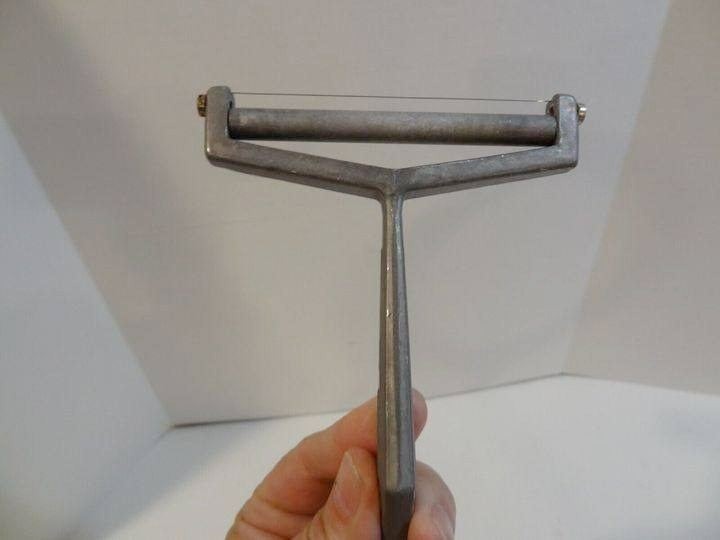ADVERTISEMENT
# **Discovering the History Behind This Remarkable Kitchen Tool: A Journey Through Time and Innovation**
In every modern kitchen, there are certain tools that stand out for their practicality, efficiency, and sometimes, their fascinating history. Some of these tools are so deeply integrated into our culinary routines that we rarely stop to think about their origins, their evolution, or the stories behind their design. One of the most iconic and indispensable kitchen tools is the knife. From the humblest paring knife to the most advanced chef’s knife, this simple tool has undergone thousands of years of innovation, refinement, and cultural significance. Its history, however, is far more complex and captivating than one might initially imagine.
This article takes you on a historical journey through the development of the kitchen knife, from its primitive origins to its modern iterations. Along the way, we’ll explore the materials, the craftsmanship, and the cultural impact that this remarkable kitchen tool has had on societies across the globe. By the end of this exploration, you’ll appreciate the kitchen knife not just as a tool, but as a symbol of human ingenuity, adaptation, and evolution.
### **The Beginnings of the Kitchen Knife: Prehistoric Origins**
The story of the kitchen knife begins long before recorded history, during the prehistoric era. Early humans relied on natural materials available to them in their environment, including rocks, bones, and shells, to create tools for survival. These rudimentary tools were used for cutting, scraping, and processing food, often in the harsh and demanding conditions of the wilderness.
Primitive knives were typically made from sharpened stones. The process of flint-knapping, which involves striking flint with a harder rock to produce sharp edges, was one of the earliest methods used to create cutting tools. Flint tools, which date back as far as 2.6 million years ago, were some of the first evidence of human ingenuity in toolmaking.
As human beings developed and discovered new materials, their tools became more refined. The transition from stone to metal tools marked a major milestone in the development of knives. This shift allowed for sharper edges, greater durability, and the ability to create a more versatile range of knives for different purposes, from hunting and survival to food preparation.
### **The Bronze Age: The First Metal Knives**
Around 3,000 BCE, the advent of the Bronze Age in the Near East marked a turning point in the history of kitchen tools. Bronze, an alloy of copper and tin, was stronger and more durable than stone, and it could be shaped into sharper, more precise cutting edges. Early metal knives were still relatively crude compared to modern standards, but they were significantly more effective than their stone predecessors.
For Complete Cooking STEPS Please Head On Over To Next Page Or Open button (>) and don’t forget to SHARE with your Facebook friends
